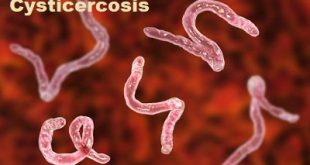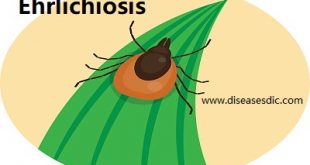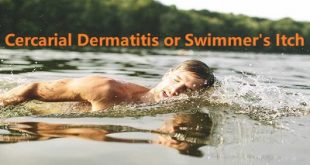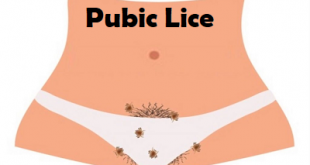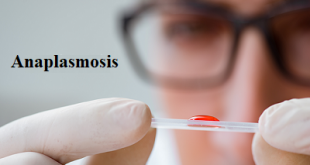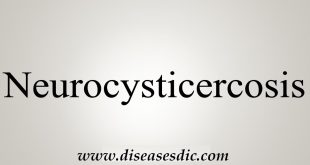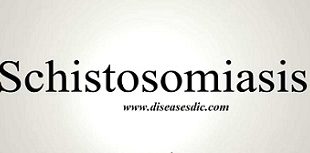What is Cysticercosis? Cysticercosis is a parasitic tissue infection caused by larval cysts of the tapeworm Taenia solium. These larval cysts infect brain, muscle, or other tissue, and are a major cause of adult-onset seizures in most low-income countries. A person gets cysticercosis by swallowing eggs found in the feces of …
Read More »Ehrlichiosis – Causes, Symptoms, and Prevention
What is Ehrlichiosis? Ehrlichiosis is an illness caused by the bacteria Ehrlichia chaffeensis, E. ewingii or E. muris eauclairensis. You can get ehrlichiosis through the bite of infected ticks, including the lone star tick and the blacklegged tick. Symptoms can start out mild and flu-like, but if not treated quickly, …
Read More »Cercarial Dermatitis or Swimmer’s Itch – Risk and Causes
What is Cercarial Dermatitis? Cercarial dermatitis, also known as swimmer’s itch, is an itchy rash caused by a tiny parasitic worm. It’s contracted by swimming or wading in infested fresh water lakes or ponds. The parasite’s usual hosts are waterfowl and rodents. After the parasite is excreted from the waterfowl …
Read More »Pubic Lice – Symptoms, Risk Factors, and Treatment.
What are pubic lice? Pubic lice (also called crabs) are tiny insects which usually live in the pubic or genital area of humans. They are also sometimes found on other coarse body hair, such as hair on the legs, armpits, mustache, beard, eyebrows, or eyelashes. Pubic lice on the eyebrows …
Read More »Anaplasmosis – Description, Causes, and Prevention.
Description Anaplasmosis is a disease caused by the bacterium Anaplasma phagocytophilum. These bacteria are spread to people by tick bites primarily from the blacklegged tick (Ixodes scapularis) and the western blacklegged tick (Ixodes pacificus). People with anaplasmosis will often have fever, headache, chills, and muscle aches. Doxycycline is the drug …
Read More »Neurocysticercosis – Causes, Diagnosis, and Treatment.
Description Neurocysticercosis, the infection caused by the larval form of the tapeworm Taenia solium, is the most common parasitic disease of the central nervous system and the most common cause of acquired epilepsy worldwide. The larval cysts can infect various parts of the body causing a condition known as cysticercosis. …
Read More »Schistosomiasis or Bilharzia – Definition, Causes, and Treatment.
Definition Schistosomiasis, also known as bilharzia, is an infection caused by a parasitic worm that lives in fresh water in subtropical and tropical regions. It is a disease of poverty that leads to chronic ill-health. Infection is acquired when people come into contact with fresh water infested with the larval …
Read More »Malaria – Symptoms, Causes, Treatment, and Prevention
Definition Malaria is one of the major public health problems of the country. Around 1.5 million confirmed cases are reported annually by the National Vector Borne Disease Control Programme (NVBDCP), of which 40–50% is due to Plasmodium falciparum. It is curable if effective treatment is started early. Delay in treatment …
Read More » Diseases Treatments Dictionary This is complete solution to read all diseases treatments Which covers Prevention, Causes, Symptoms, Medical Terms, Drugs, Prescription, Natural Remedies with cures and Treatments. Most of the common diseases were listed in names, split with categories.
Diseases Treatments Dictionary This is complete solution to read all diseases treatments Which covers Prevention, Causes, Symptoms, Medical Terms, Drugs, Prescription, Natural Remedies with cures and Treatments. Most of the common diseases were listed in names, split with categories.
